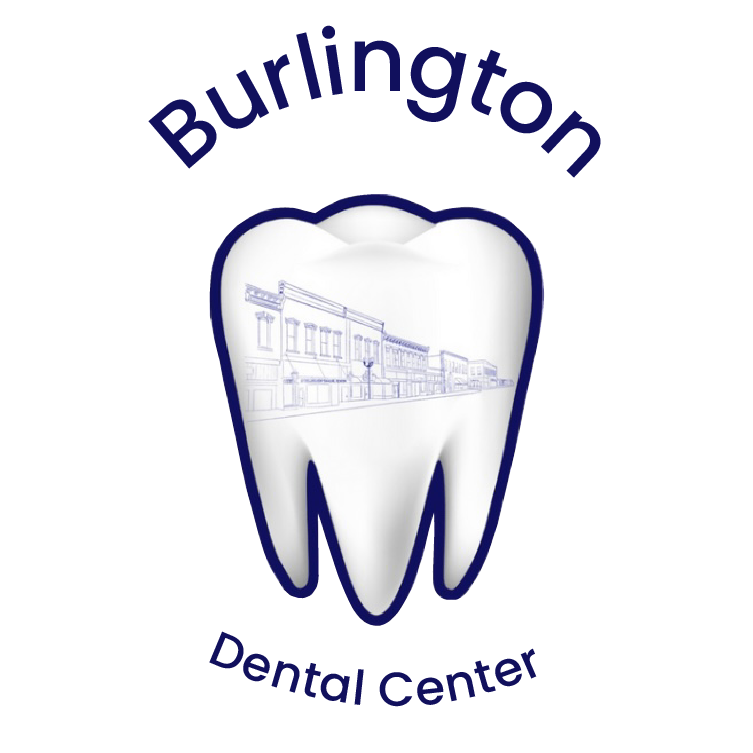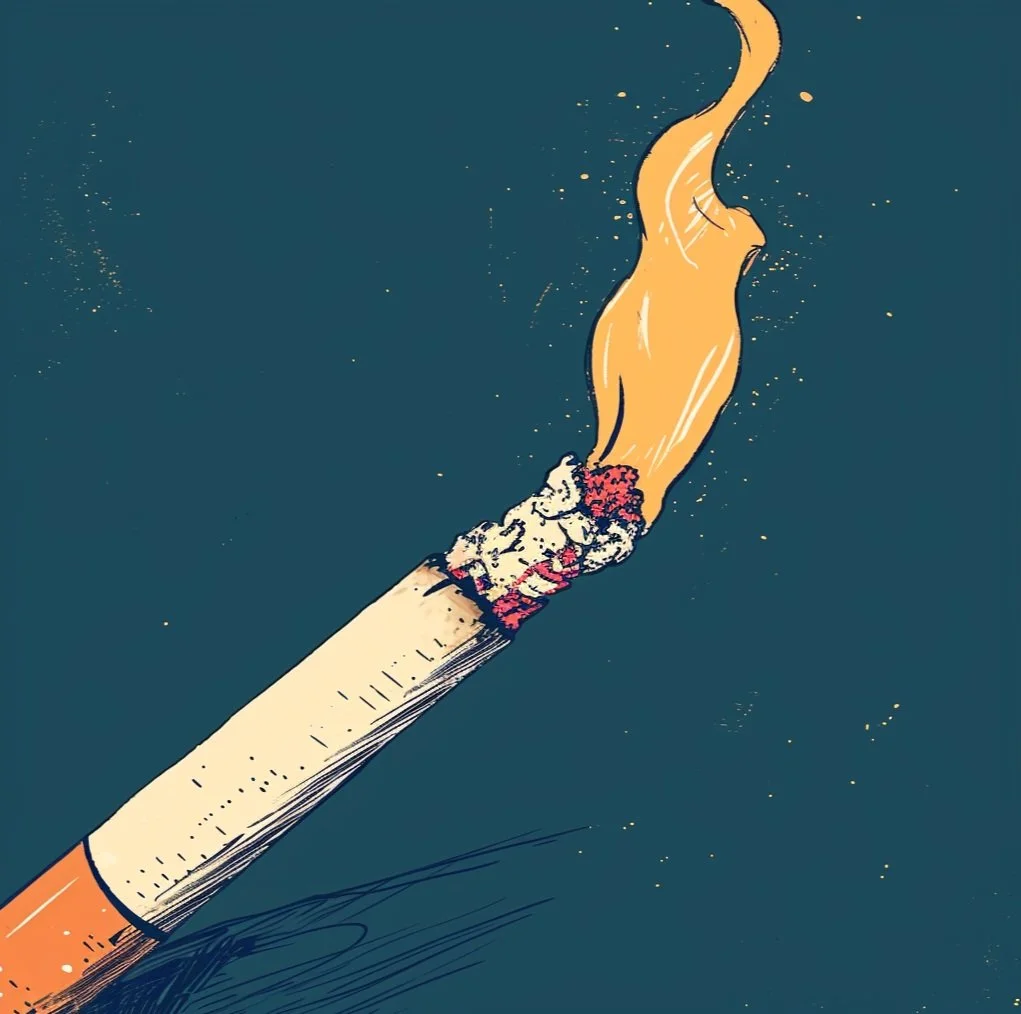Tooth extraction is a common dental procedure that requires proper post-operative care for optimal healing. One critical aspect of this care is understanding the impact of smoking on the recovery process.
Smoking after tooth extraction significantly increases the risk of complications, such as dry socket and delayed healing.
For this reason, dentists strongly recommend that patients abstain from smoking for at least a week following the procedure. This article will explore the risks associated with smoking post-extraction and offer advice for those who find it challenging to quit entirely.
Quick Answer: How Do I Smoke After an Extraction Without Getting a Dry Socket?
To minimize the risk of dry socket after tooth extraction, it is highly recommended to completely avoid smoking for at least a week.
If quitting smoking is not feasible, reducing the frequency and using a nicotine patch can help.
For those who continue to smoke, covering the extraction site with gauze and gently rinsing with salt water afterwards may reduce risks, but it doesn't completely eliminate the possibility of dry socket.
The most effective approach is cessation or significant reduction of smoking post-extraction.
Risks of Smoking Post-Tooth Extraction
Smoking after a tooth extraction can lead to several serious complications, significantly impacting the healing process. Unlike smoking after a filling or root canal, which is not advised but also not necessarily harmful, smoking after an extraction poses serious risks.
The primary concern is the development of dry socket, a painful condition where the blood clot at the extraction site is dislodged or dissolves prematurely, exposing the underlying bone and nerves. This can lead to severe pain, infection, and a prolonged healing period.
Additionally, smoking restricts blood flow, slowing down the healing process and increasing the risk of infection. Research and clinical evidence show that patients who smoke after tooth extraction are much more likely to experience these post-operative issues than those who abstain.
Reducing Smoking Frequency
For patients who find it difficult to quit smoking entirely, reducing the frequency of smoking can still provide some benefits.
Decreasing the number of cigarettes smoked each day can lower the risk of complications and aid in the healing process.
Strategies to reduce smoking frequency include setting specific times for smoking, gradually increasing the intervals between cigarettes, and finding alternative activities to distract from the urge to smoke.
It's important to remember that while reducing smoking frequency is beneficial, complete cessation is the most effective way to ensure a smooth and speedy recovery after tooth extraction.
Alternatives to Smoking
For patients undergoing tooth extraction, finding alternatives to smoking is crucial to minimize post-operative risks.
Nicotine patches are a highly effective alternative, providing a steady supply of nicotine to reduce cravings without the harmful effects of smoking. These patches can significantly decrease the urge to smoke, helping patients avoid the complications associated with smoking after extraction.
Using nicotine patches or nicotine gum as a substitute for cigarettes during the recovery period can promote better healing and reduce the chances of developing dry socket or other related issues.
Measures for Those Who Continue to Smoke
Despite the risks, some patients may continue to smoke after tooth extraction. For these individuals, there are specific measures that can be taken to mitigate the potential harm.
One key strategy is to firmly cover the extraction site with gauze while smoking. This can help protect the area and reduce the likelihood of dislodging the blood clot.
Additionally, it's advisable to gently rinse the mouth with salt water after smoking. This helps to cleanse the extraction area, removing any residual smoke particles and bacteria, and can aid in the healing process.
Lastly, it is best to be honest with your dentist or surgeon about the fact that you won’t quit smoking. Your dentist might choose to use a collagen plug, sutures, or other medications in order to minimize the risk of dry socket.
However, it's important to emphasize that these measures are not foolproof and that quitting smoking altogether is the best way to ensure a complication-free recovery.
The Importance of Post-Operative Care
Proper post-operative care is essential for a smooth recovery after tooth extraction, especially for those who smoke. Maintaining good oral hygiene is crucial; this includes gentle brushing around the extraction site, avoiding aggressive rinsing, and keeping the area clean.
Following the dentist's specific care instructions, such as taking prescribed medications and attending follow-up appointments, is also vital. These check-ups allow the dentist to monitor the healing process and promptly address any complications that may arise, such as infections or dry socket.
Adhering to these care guidelines can significantly improve the chances of a successful recovery, even for smokers.
Final Thoughts
While the ideal scenario is to quit smoking entirely after a tooth extraction, understanding and implementing measures to reduce risks for those who continue to smoke is important.
Utilizing alternatives like nicotine patches and following specific smoking measures, such as using gauze and rinsing with salt water, can help minimize complications. However, the best approach for oral health and overall well-being is to seize the opportunity to quit smoking permanently.
By prioritizing oral health and considering the long-term benefits of smoking cessation, patients can significantly improve not only their recovery from tooth extraction but also their general health and quality of life.
FAQs
Does smoking with gauze prevent dry socket?
Smoking with gauze over the extraction site may reduce the risk of dry socket, but it doesn't guarantee prevention. The best way to prevent dry socket is to avoid smoking entirely after the extraction.
How do you swallow to prevent dry socket?
To prevent dry socket, swallow gently and avoid creating a pressure vacuum in your mouth. Don't use straws, spit forcefully, or do anything that might dislodge the blood clot at the extraction site.
When is dry socket no longer a risk?
The risk of dry socket significantly decreases after the first week post-extraction. Most cases occur within 3-5 days after the tooth is removed.
How do I make sure I don't get a dry socket?
To prevent dry socket, avoid smoking, use of straws, spitting, and vigorous rinsing for at least a week after extraction. Maintain good oral hygiene and follow your dentist's post-operative care instructions.
What are the chances of getting dry socket after 72 hours?
The chances of developing dry socket after 72 hours decrease but are still present. The highest risk period is within the first 48-72 hours post-extraction.
* Though the author of this post is a licensed dentist in the state of Kansas, this information is provided for informational and educational purposes only. Please use your best judgment and contact emergency medical services in the event of an emergency.




